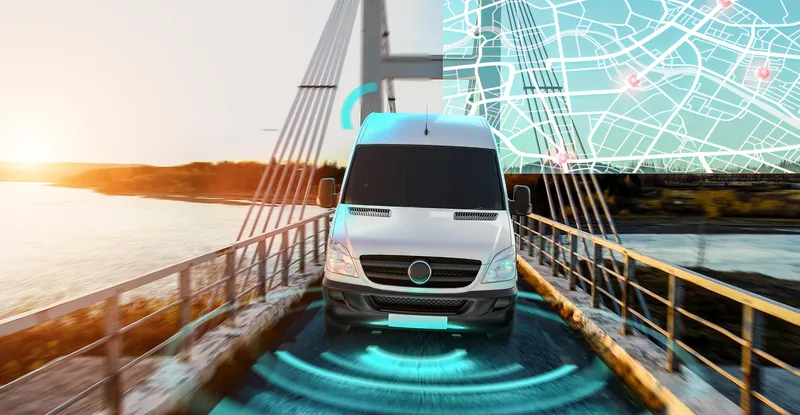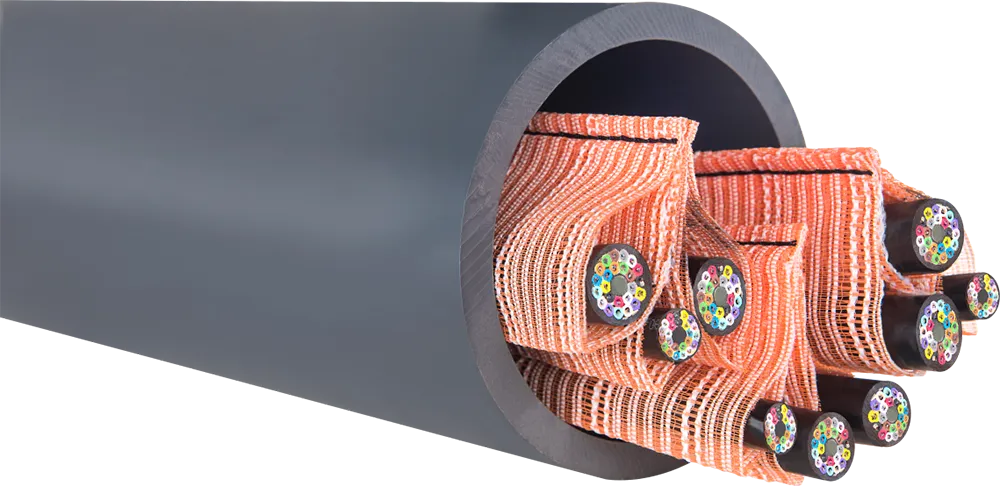Austrian railway telecommunication specialist Kapsch CarrierCom has joined the European rail joint technology initiative SHIFT²RAIL, which focuses on research and innovation to accelerate the development of new technologies, products and solutions for railways.
Kapsch will contribute its expertise to SHIFT²RAIL’s Innovation Program 2 (IP2) for advanced traffic management and control systems and will carry out the analysis, specification and implementation of a prototype for an emergency call application
December 15, 2015
Read time: 2 mins
Austrian railway telecommunication specialist 81 Kapsch CarrierCom has joined the European rail joint technology initiative SHIFT²RAIL, which focuses on research and innovation to accelerate the development of new technologies, products and solutions for railways.
Kapsch will contribute its expertise to SHIFT²RAIL’s Innovation Program 2 (IP2) for advanced traffic management and control systems and will carry out the analysis, specification and implementation of a prototype for an emergency call application for the future railway communication system.
The research project is supplemented by innovative approaches which will reduce costs as well as the complexities of system testing and system validation. Kapsch will focus on cyber security with the definition of new processes and structures for the detection and prevention of attacks on railway IT and communication systems.
SHIFT²RAIL is a multiannual research program and the first European initiative to seek focused research and innovation (R&I) and market-driven solutions by accelerating the integration of new and advanced technologies into innovative rail product solutions. It is a joint effort by the European Rail Industry to enhance the capacity of the European rail system in order to cope with increased passenger and freight demand as a result of green transport efforts and to bring forward the reliability of next generation products and solutions while reducing their life cycle costs. It aims to attract passengers and businesses to rail transport and increase the competitiveness of the European rail industry.
“We join SHIFT²RAIL after a strict selection process as an associated member, and as the only GSM-R supplier within the initiative. We are convinced that we can make an important contribution, through our expertise and many years of experience in the business to make ERTMS future-proof, and lift it to the next level”, states Thomas Schöpf, COO of Kapsch CarrierCom.
Kapsch will contribute its expertise to SHIFT²RAIL’s Innovation Program 2 (IP2) for advanced traffic management and control systems and will carry out the analysis, specification and implementation of a prototype for an emergency call application for the future railway communication system.
The research project is supplemented by innovative approaches which will reduce costs as well as the complexities of system testing and system validation. Kapsch will focus on cyber security with the definition of new processes and structures for the detection and prevention of attacks on railway IT and communication systems.
SHIFT²RAIL is a multiannual research program and the first European initiative to seek focused research and innovation (R&I) and market-driven solutions by accelerating the integration of new and advanced technologies into innovative rail product solutions. It is a joint effort by the European Rail Industry to enhance the capacity of the European rail system in order to cope with increased passenger and freight demand as a result of green transport efforts and to bring forward the reliability of next generation products and solutions while reducing their life cycle costs. It aims to attract passengers and businesses to rail transport and increase the competitiveness of the European rail industry.
“We join SHIFT²RAIL after a strict selection process as an associated member, and as the only GSM-R supplier within the initiative. We are convinced that we can make an important contribution, through our expertise and many years of experience in the business to make ERTMS future-proof, and lift it to the next level”, states Thomas Schöpf, COO of Kapsch CarrierCom.









